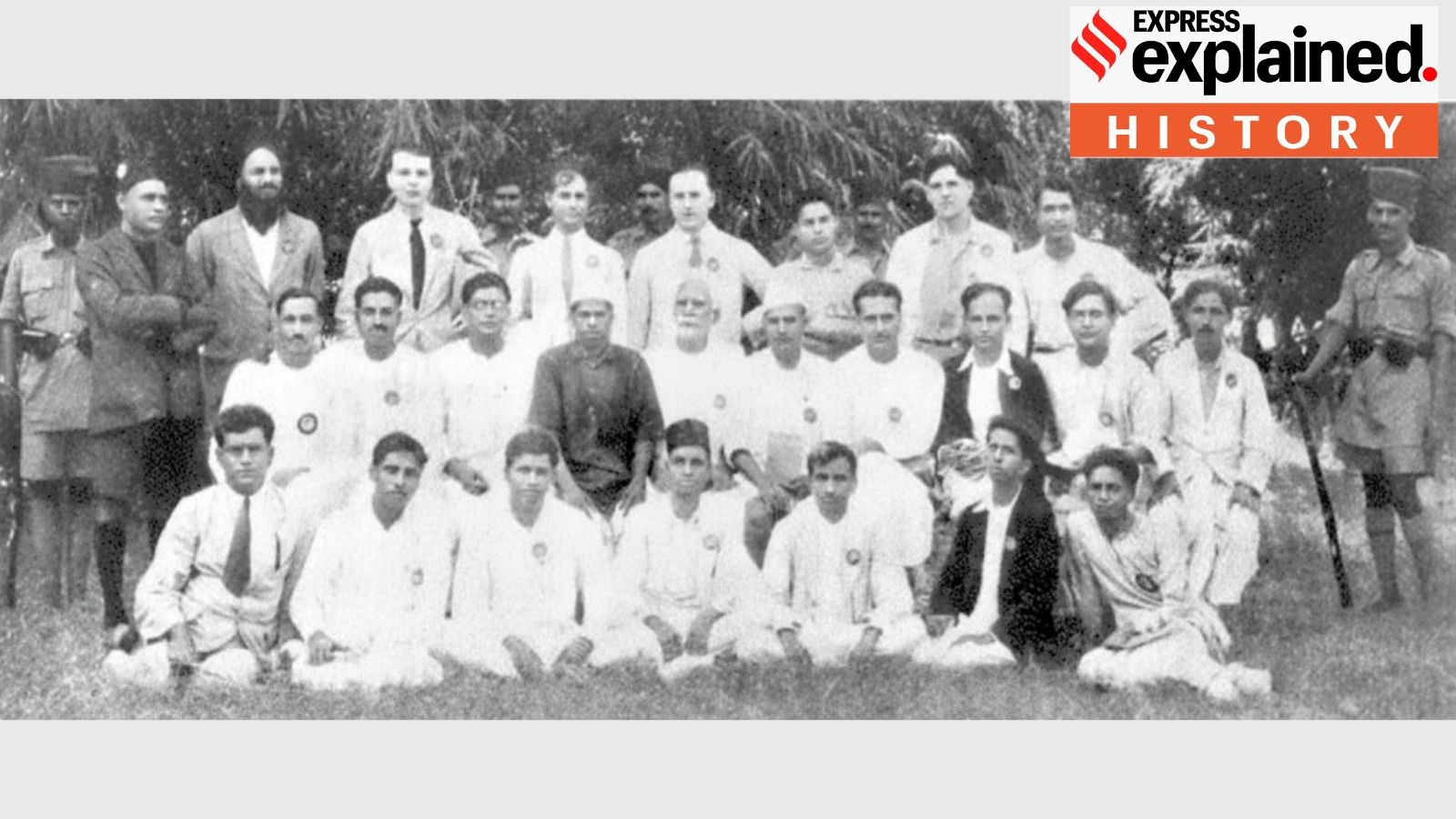Description
Copyright infringement not intended
Source: World History Encyclopedia
Context
Archaeologists have unearthed the remnants of a roughly 3,000-year-old Mayan complex in Guatemala, exposing sanctuaries, pyramids, and a unique canal system that could offer more light on the ancient civilization, the country's culture minister said Thursday.
What is the Mayan Civilisation?
- The term "Maya" refers to both a modern-day group of people who reside all over the world and their forefathers, who established an ancient civilization that spanned much of Central America.
- The Maya are undoubtedly the most well-known of Mesoamerica's classical civilizations.
- Before the Spanish invasion of Mexico and Central America, the Maya had one of the biggest civilizations in the Western Hemisphere.
- They first appeared approximately 2600 B.C. in the Yucatán peninsula and grew to prominence around A.D. 250 in what is now southern Mexico, Guatemala, northern Belize, and western Honduras.
Mayan Calendar
- The Maya invented astronomy, calendrical systems, and hieroglyphic writing (a system that incorporates picture-based letters).
- The Mayans created a precise and sophisticated calendar that tracked the movements of the sun, moon, and stars. The Mayan calendar is so exact that it includes a leap day adjustment to keep the calendar in line with the solar year.
- The Mayans developed a hieroglyphic writing system with over 800 glyphs. This text documented the Maya culture's history, astronomy, mathematics, and religion.
Features of Mayan Civilization
|
Architecture
|
Known for monumental architecture including great stone buildings, pyramid temples, palaces, and ceremonial centres
|
|
Mathematics & Astronomy
|
Had advanced understanding of mathematics and astronomy; developed sophisticated calendrical and astronomical systems
|
|
Writing System
|
Developed a system of hieroglyphic writing
|
|
Agricultural Practices
|
Practised slash-and-burn agriculture; used advanced techniques like irrigation and terracing
|
|
Main Crops
|
Corn (maize), beans, squash (by 1500 BCE); cassava (sweet manioc) added by 600 CE
|
|
Settlements
|
Settled in villages as early as 1500 BCE; by 200 CE developed cities with temples, pyramids, palaces, ball courts, and plazas
|
|
Craftsmanship
|
Worked with gold and copper
|
|
Practice Question:
Q. With reference to the Mayan Civilization, consider the following statements:
- The Mayans had an advanced understanding of mathematics and astronomy.
- They developed a system of hieroglyphic writing.
- Their agriculture was limited to slash-and-burn techniques.
- They built cities with pyramids, palaces, and ceremonial centres as early as 200 CE.
Which of the statements given above are correct?
A. 1, 2 and 4 only
B. 1 and 3 only
C. 2, 3 and 4 only
D. 1, 2, 3 and 4
Correct Answer: A. 1, 2 and 4 only
Explanation:
- Statement 1: Correct – Mayans were known for their knowledge of mathematics and astronomy.
- Statement 2: Correct – They developed a hieroglyphic writing system.
- Statement 3: Incorrect – While slash-and-burn was practiced, they also used advanced methods like irrigation and terracing.
- Statement 4: Correct – By 200 CE, they had developed cities with pyramids, palaces, and ceremonial centres.
|








